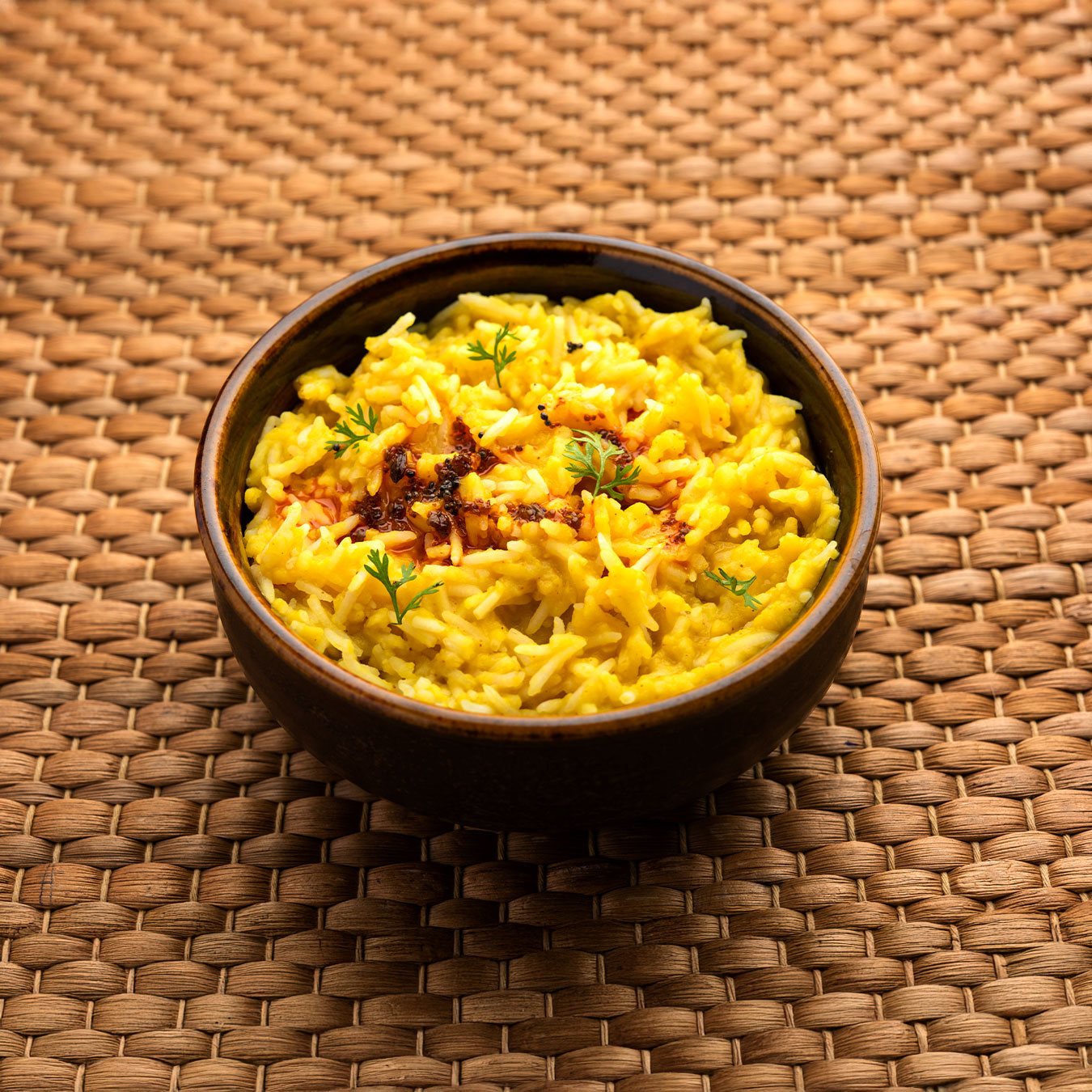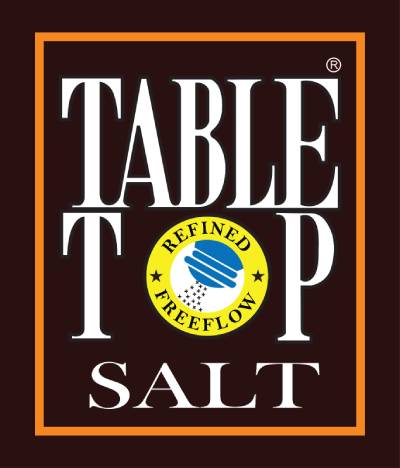
Salt and Digestion – How the Right Salt Supports Health
A COMFORTING CLASSIC MADE BETTER WITH PURE HEALTHY SALT.
A warm bowl of moong dal khichdi is more than just comfort food – it’s a wholesome hug in every bite. Easy to prepare and easy to digest, this rice and dal recipe brings together the goodness of lentils and grains in a single, nourishing dish. It’s rich in plant-based protein, light on the tummy, and full of flavour – making it ideal for all age groups.
Whether you’re recovering, resetting or just craving something cozy, this moong dal recipe delivers on both nutrition and satisfaction. And when you add a touch of pure healthy salt, the flavour balance becomes even more delicious and grounding – just how comfort food should be.
Ingredients
For the Khichdi
- ½ cup rice
- ½ cup moong dal (moong dal dhuli)
- ¼ teaspoon turmeric powder
- 1 teaspoon Table Top iodised salt
For the Tempering
- 1 teaspoon ghee
- 1 teaspoon oil (use only oil for a vegan version)
- ½ teaspoon cumin seeds
- ½ teaspoon mustard seeds
- 1 teaspoon finely chopped ginger
- 1 green chili, finely chopped
- 1 large tomato, chopped
- ¼ cup green peas
- Salt to taste(use Table Top iodised salt
Method
Step 1: Rinse and soak rice and moong dal for 20 minutes. Drain.
Step 2: In a pressure cooker, add soaked rice-dal mixture, 3.5-4 cups water, turmeric, hing and Table Top Iodised Salt. Pressure cook for 5 whistles. Set aside.
Step 3: In a separate pan, heat ghee and oil. Add cumin and mustard seeds; let them crackle.
Step 4: Add chopped ginger and green chili. Sauté until golden. Add tomatoes and peas. Cook for 2 minutes.
Step 5: Mix in the cooked dal-rice. Stir well and add salt to taste. Let everything combine gently.
Step 6: Garnish with fresh coriander and a drizzle of ghee. Serve hot with papad, pickle or a bowl of curd.
Note: For a softer, porridge-style restaurant style dal khichdi recipe, use 3.5-4 cups of water. For a more pulao-like texture, reduce water to 2 cups.
You can also mix in vegetables like carrots, spinach or onions. To keep it vegan, skip the ghee and use oil alone.
A Closer Look at the Benefits
From easing digestion to restoring energy, these benefits of moong dal khichdi make it an ideal everyday meal. Add vegetables or serve it plain – this dish is highly adaptable and deeply nourishing.
Wondering about the calorie count? The moong dal khichdi calories vary based on fat and portion size, but a standard serving offers around 200–250 kcal – making it filling, not heavy.
In fact, fermented and salted foods often offer additional probiotic and nutritional benefits, showing how salt’s preserving power also supports gut health and immunity.
4. Salt and Human Culture
The story of salt is deeply woven into human history. It shaped trade routes, built cities and even sparked wars. Roman soldiers were paid in salt—giving rise to the word salary. Cities like Salzburg in Austria owe their names and prosperity to salt mines. In India and other cultures, salt is not only a kitchen essential but a part of religious rituals and spiritual practices.
This universal reliance on salt, across both time and geography, shows that it’s far more than just seasoning – it’s a symbol of survival, prosperity and even purity.
5A Spotlight on Pure Healthy Salt
What truly ties this dish together is a pinch of pure healthy salt. It not only enhances taste but supports digestion and hydration – essential for a well-balanced meal.
At Table Top Namak, we’ve championed clean, natural salt since 1992 – delivering trusted quality to homes across India. Our Table Top Iodised Salt adds purity, balance, and essential minerals without overpowering the dish.
Whether you’re crafting a humble moong dal khichdi, or elevating a gourmet platter, the right salt makes all the difference.
In a world of fast food and quick fixes, moong dal khichdi stands tall as a timeless, nourishing staple. It’s comfort, health, and flavour – all in one pot.
Explore more ways to balance your plate and add a pinch of health to every meal – with Table Top.


